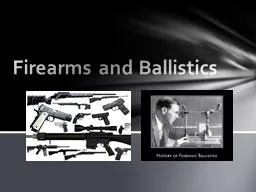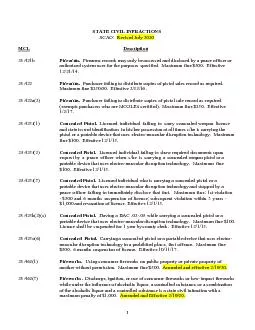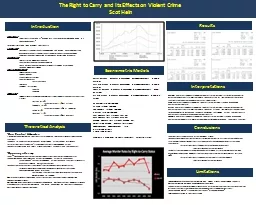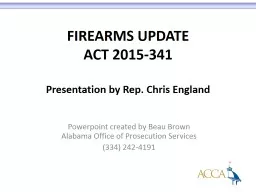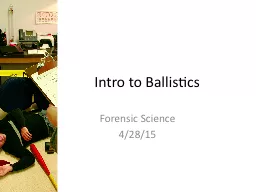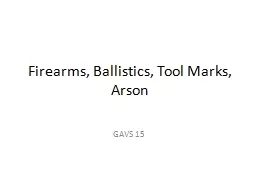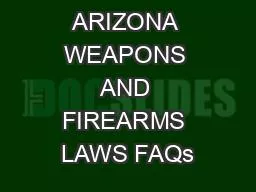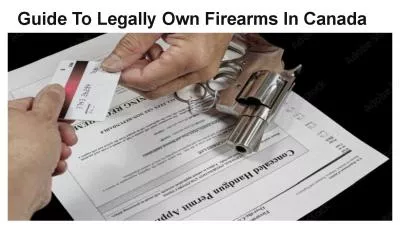PPT-Firearms and Ballistics
Author : briana-ranney | Published Date : 2015-11-25
Mankind has been fascinated by the idea of launching a projectile at animals for thousands of years Gunpowder was first used in China over 1000 years ago but was
Presentation Embed Code
Download Presentation
Download Presentation The PPT/PDF document "Firearms and Ballistics" is the property of its rightful owner. Permission is granted to download and print the materials on this website for personal, non-commercial use only, and to display it on your personal computer provided you do not modify the materials and that you retain all copyright notices contained in the materials. By downloading content from our website, you accept the terms of this agreement.
Firearms and Ballistics: Transcript
Download Rules Of Document
"Firearms and Ballistics"The content belongs to its owner. You may download and print it for personal use, without modification, and keep all copyright notices. By downloading, you agree to these terms.
Related Documents

